As we discussed in our ‘Incoterms® explained‘ article, the ICC (International Chamber of Commerce) currently promotes eleven Incoterms®, and each Incoterm® has a unique allocation of risk, costs, and responsibility for both buyer and seller. Certain Incoterms® can only be used for ocean transport, while others can be used for all modes of transport. The four Incoterms® that apply specifically to ocean transport are FAS, FOB, CFR, and CIF. The remaining seven Incoterms® can be used for any mode or combination of modes of transport, i.e., multimodalism. This article focuses on the details of CIF and CIP and their implications for the seller.

CIP vs CIF
Carriage and Insurance Paid to (named place of destination) is the multimodal equivalent of CIF. As we explained in our CIF article, under CIF, the critical point at which the seller’s risk ends and the buyer’s begins is when the goods are placed on board the ship. However, the seller’s costs and responsibilities extend to the foreign port. CIF, or Cost, Insurance and Freight, stipulates that the seller is responsible for arranging the goods’ transportation and paying the freight costs to the named port of destination in the importing country. Furthermore, under CIF, the seller must also make arrangements to insure the goods while in transit and pay the related cost or premium.
The critical difference between CIF and CIP is that CIF applies specifically to ocean transport and cannot be used for other modes of transport. CIP, however, can be used for any mode of transport. Under CIP, the seller and the buyer negotiate a delivery point somewhere in the exporting country. The seller arranges for the goods to be transported to this point and bears the costs associated with delivery. Under CIP, the seller’s risk ends once the goods are delivered into the custody of the first carrier, which could be a road transport operator, a shipping company, a railway operator or an airline. However, the sellers’ costs and responsibilities extend to the named place of delivery. Under CIP, the seller pays the cost of transporting the goods to the importing country and takes out cargo insurance against the risk of loss or damage to goods on the buyer’s behalf. Like CIF, according to CIP, the seller is responsible for customs clearing the goods in the exporting country and the buyer for customs clearing the goods in the importing country.

There are numerous nuances and essential factors to consider when working with Incoterms®, too many to summarise in a single article! Trade Forward Southern Africa, in collaboration with the International Trade Institute of Southern Africa, has created a free and comprehensive online training course that provides training on all aspects of Incoterms®, including understanding the critical points of FOB, CIF and CFR. Click the links below to sign up for free and get started.
To sign up to the School of Export CLICK HERE.
If you already have a profile, CLICK HERE to login to begin the module.
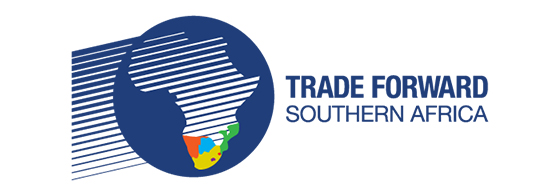
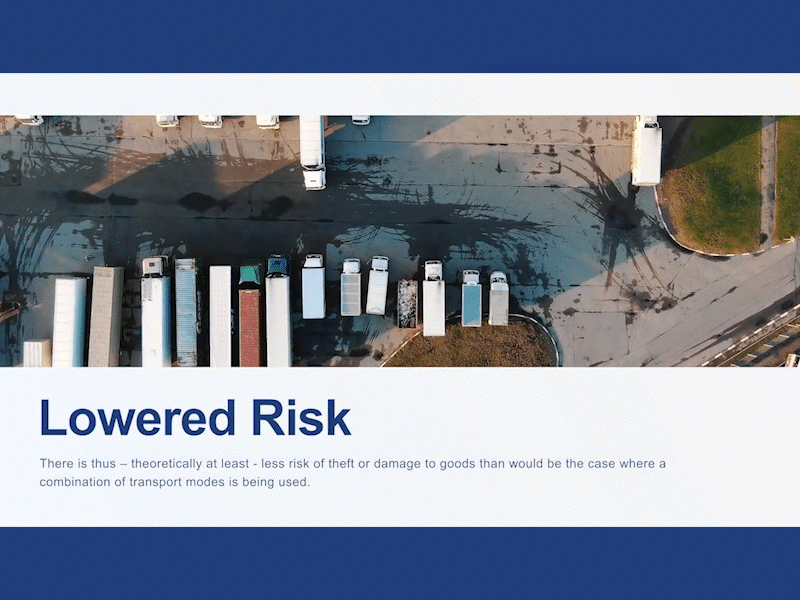
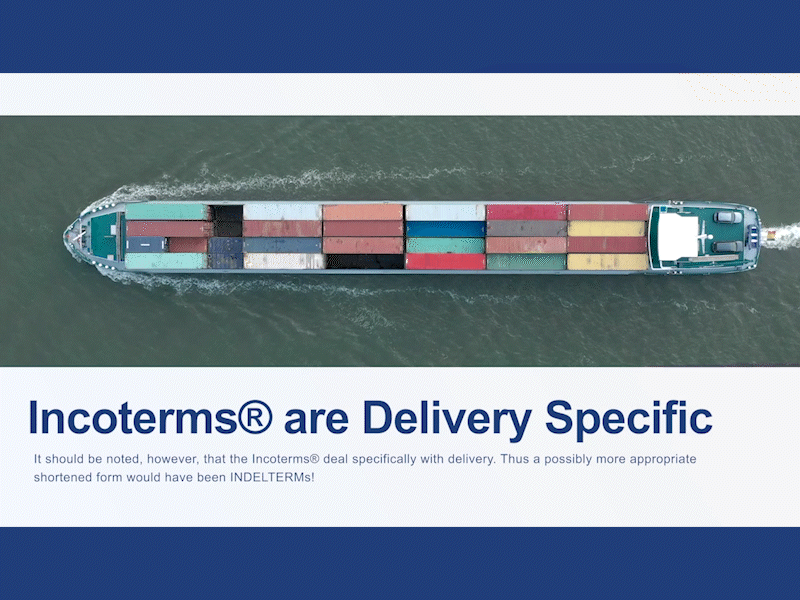
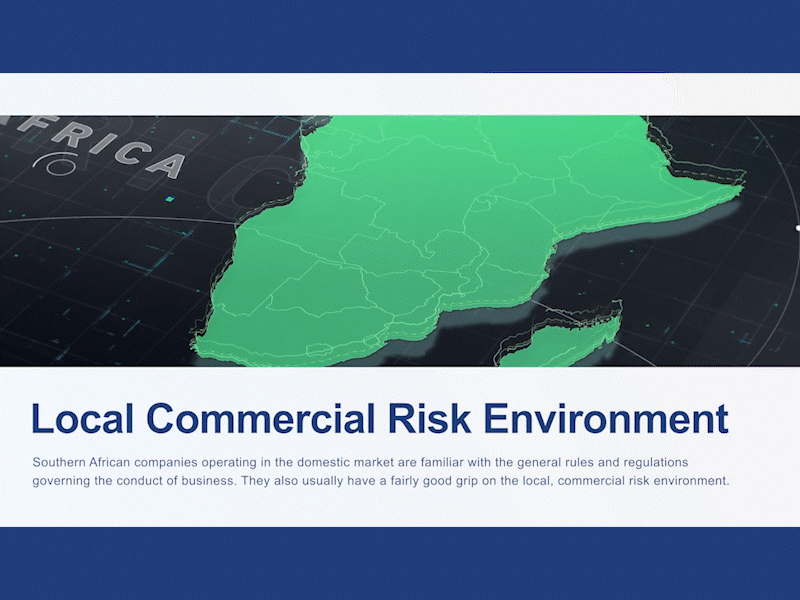
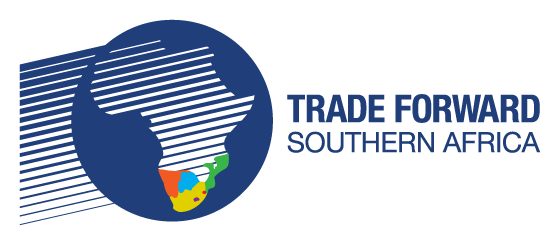





Leave a Reply